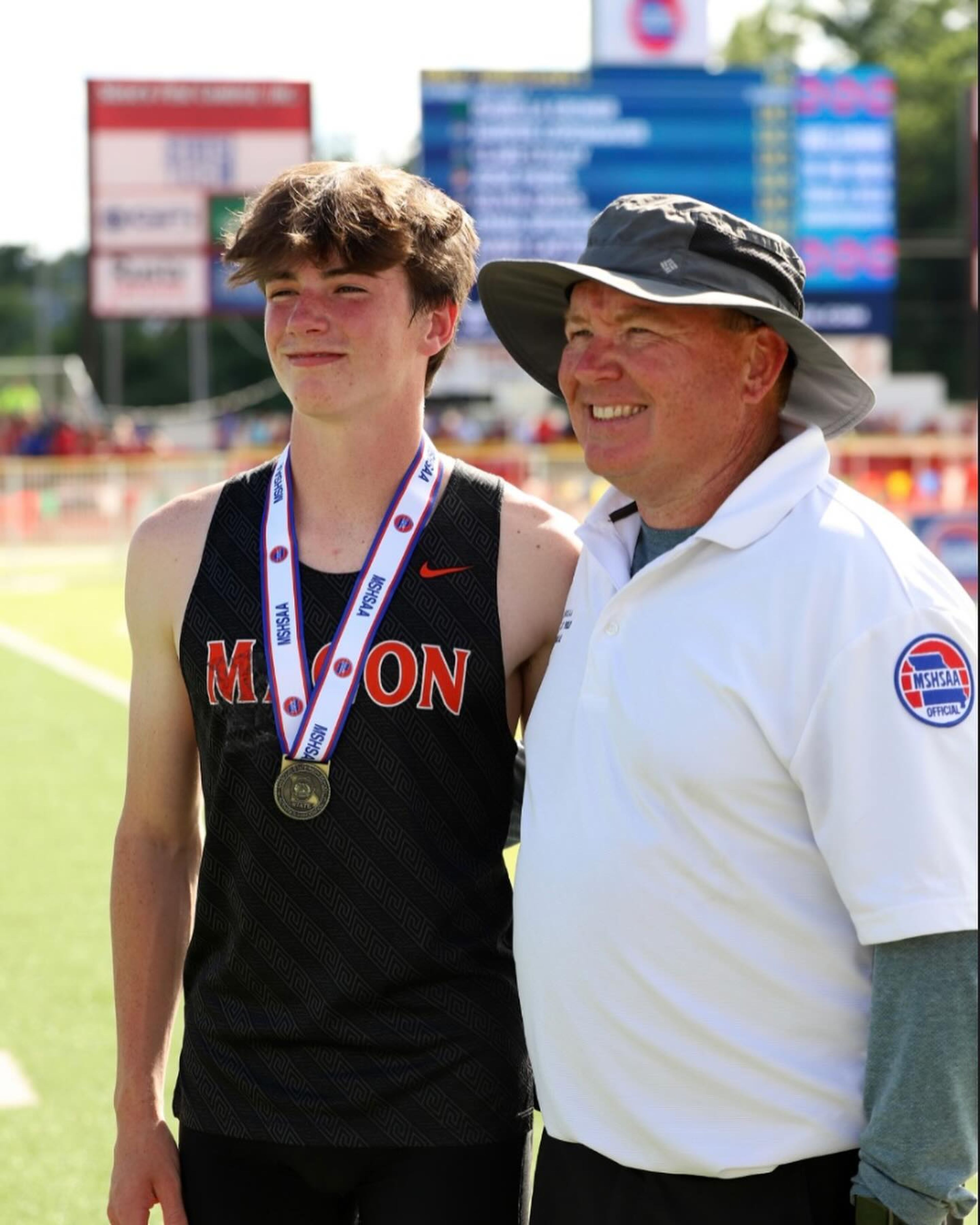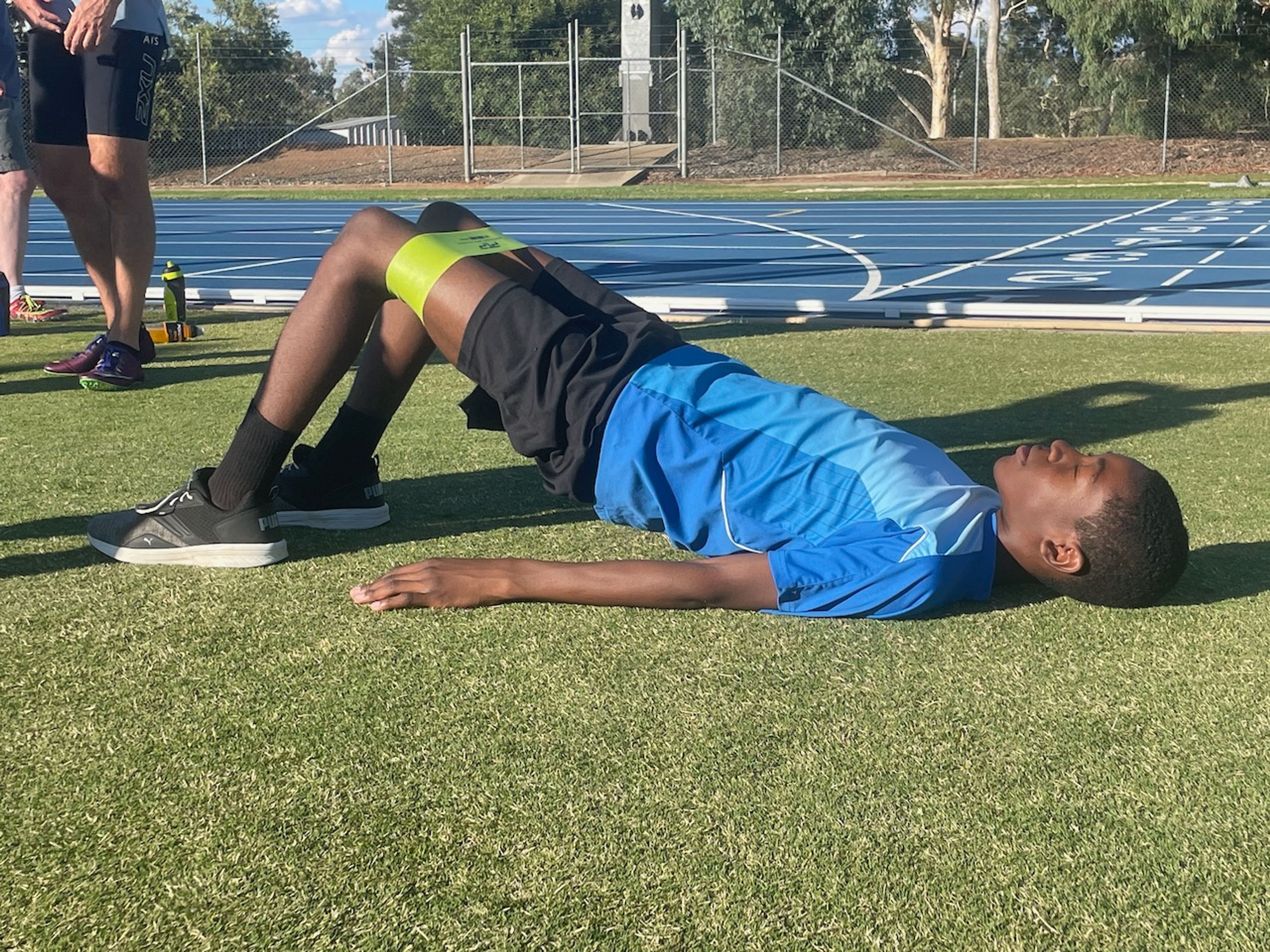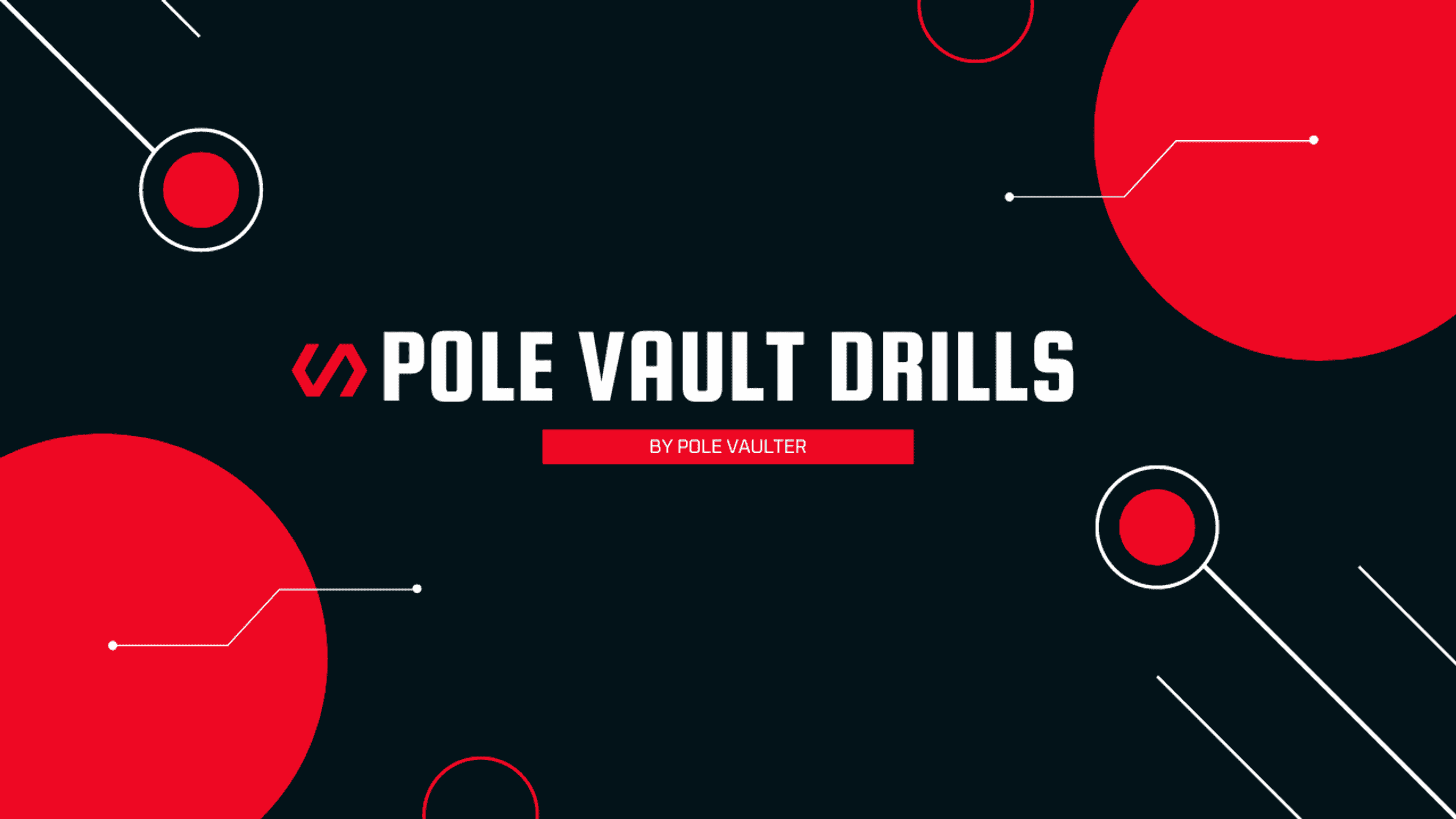How to Prepare for High School Track and Field a Comprehensive Guide
Learn how to choose the right events, balance training, leverage coaches' expertise, and mental preparation for peak performance.
Track and field is an exhilarating sport that offers a wide array of events, catering to a variety of athletic skills. Whether you're drawn to the explosive power of sprints, the endurance of distance running, or the technical prowess required for jumps and throws, high school track and field has something for everyone. Preparing for this sport is crucial to ensure a rewarding experience. This guide aims to provide comprehensive steps for high school athletes to prepare for track and field.
How to Prepare for High School Track and Field?
High school track and field encompasses a broad spectrum of events. These include sprints, middle-distance and long-distance running, relays, hurdles, jumps (long jump, triple jump, high jump), pole vault, and throws (shot put, discus, javelin). Each event requires different skills and physical attributes, making it essential to explore various options to find your niche.
High School Track Training and Practice
Practices are typically held after school and involve a mix of running workouts, strength training, technique drills, and event-specific training. Athletes can expect a rigorous schedule designed to enhance their overall fitness and event-specific skills. This structured approach helps in building the necessary endurance, strength, and technique required for competitions.
Meets and Competitions
Track meets are the heart of the sport, where athletes compete against other schools. These meets usually take place on weekends or after school and can range from local dual meets to larger invitational and championship meets. Competing in these events provides valuable experience and helps athletes gauge their progress.
Teamwork and Individuality
While track and field has a strong team component, many events focus on individual performance. This dual aspect allows athletes to contribute to the team's overall success while striving for personal bests. Balancing teamwork with individual goals is a unique and rewarding aspect of the sport.
Choosing High School Track Events
Experimentation
Early in the season, it's crucial to experiment with different events. Coaches often encourage freshmen to try various events before specializing. This experimentation phase helps athletes discover their strengths and preferences, ensuring they choose events that align with their abilities and interests.
Physical Attributes
Matching events to physical strengths is essential. Sprinters typically possess explosive speed and power, while distance runners excel in endurance. Jumpers need agility and coordination, and throwers require strength and technique. Understanding your physical attributes can guide you towards the events where you are most likely to excel.
Coaches’ Guidance
Coaches play a pivotal role in event selection. Their experience and expertise enable them to identify athletes' potential and guide them towards suitable events. Listening to coaches' recommendations can provide valuable insights and help in making informed decisions.
Personal Preference
Ultimately, choosing events that you enjoy is vital. Passion and interest in an event will motivate you to train harder and improve. Enjoyment is a key factor in sustaining long-term commitment and achieving success in high school track and field.
Track and Field Pre-Season Training
August to December: Building a Strong Foundation
The pre-season phase focuses on general fitness and conditioning. Athletes should engage in a balanced mix of cardiovascular exercise, strength training, and flexibility work. Running 3-4 times a week, incorporating long-distance runs for endurance, tempo runs for stamina, and interval training for speed and agility is recommended. Strength training should be done 2-3 times a week, focusing on both upper and lower body exercises. Flexibility exercises, including dynamic stretches before workouts and static stretches after, are essential. Cross-training activities like swimming, cycling, or yoga can help maintain interest and prevent burnout.
January to March: Transition to Event-Specific Training
As the season approaches, the focus shifts towards event-specific training while maintaining general fitness. Sprinters should incorporate more speed drills, acceleration work, and plyometric exercises. Distance runners should continue with endurance runs but add interval training and hill workouts. Jumpers can start focusing on technique, approach runs, and plyometrics, while throwers should include technique drills and strength training with a focus on power. Training 5-6 days a week, balancing event-specific workouts with recovery days, ensures peak performance as the season begins.
Specialty Coaches and Camps
Specialty Coaches
Many high schools have coaches who specialize in specific events. Working with these coaches can provide personalized training and technique improvement, helping athletes refine their skills and achieve better results.
Summer Camps
Attending track and field camps during the off-season offers intensive training, access to experienced coaches, and the opportunity to train with other motivated athletes. These camps can significantly enhance performance and provide a competitive edge.
Clinics and Workshops
Participating in clinics and workshops focused on particular events can provide valuable tips and training methods. These short-term programs offer concentrated learning experiences that can improve technique and performance.
Other Important Considerations
Nutrition
Maintaining a balanced diet rich in carbohydrates, proteins, and healthy fats is crucial for fueling training and aiding recovery. Proper nutrition supports overall health and enhances athletic performance.
Sleep
Adequate sleep is essential for recovery and performance. Athletes should aim for at least 8 hours of sleep per night to ensure they are well-rested and ready for training and competitions.
Mental Preparation
Developing a positive mindset and mental toughness is vital. Techniques such as visualization, goal-setting, and relaxation can enhance performance and help athletes cope with the pressures of competition.
Equipment
Having the right gear is important. This includes proper running shoes, event-specific equipment (e.g., spikes, throwing implements), and comfortable athletic wear. Ensuring you have the appropriate equipment can prevent injuries and improve performance.
In Summary
Preparing for high school track and field requires dedication, experimentation, and a well-rounded approach to training. By understanding what to expect, choosing the right events, engaging in pre-season training, and seeking additional support from specialty coaches and camps, athletes can set themselves up for a successful and enjoyable season. Embrace the journey, work hard, and most importantly, have fun as you explore the dynamic world of track and field.









